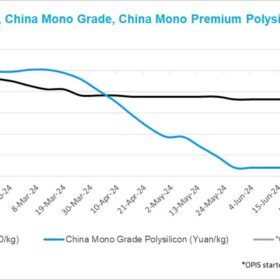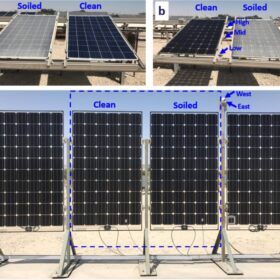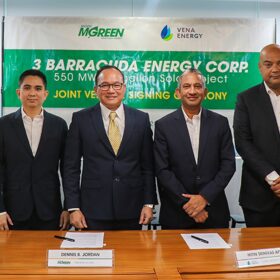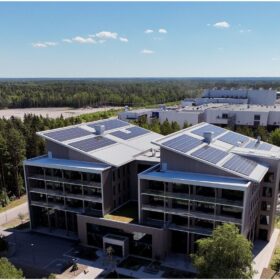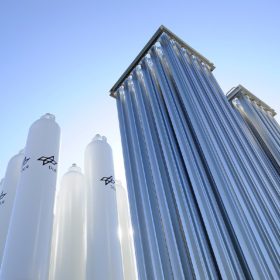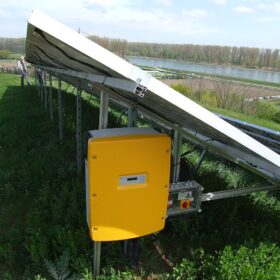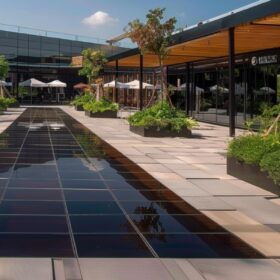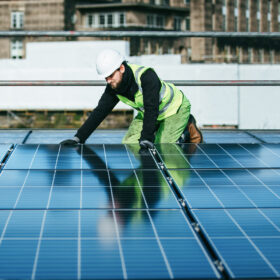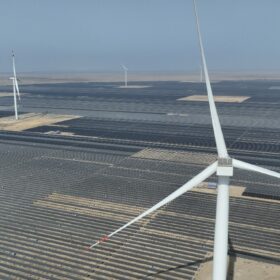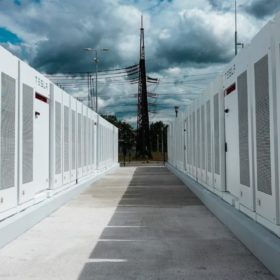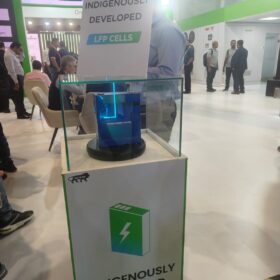Global polysilicon prices stable amid steady fundamentals
In a new weekly update for pv magazine, OPIS, a Dow Jones company, provides a quick look at the main price trends in the global PV industry.
East-west vertical PV as antidote for soiling in desert regions
New research shows that east-west-oriented vertical PV installations can significantly help reduce soiling in desert environments. The scientists found that PV power generation can be up to 9% higher in vertical systems compared to conventional arrays.
Vena Energy moves ahead with 550 MW of solar in the Philippines
Singapore’s Vena Energy and MGen Renewable Energy, the renewables unit of Manila-based Meralco PowerGen Corp., have signed an investment agreement for 550 MW of solar in the Philippines. Construction is due to start later this year.
Northvolt closes Cuberg’s ops, shifts lithium-metal battery R&D to Sweden
Three years after acquiring US-based Cuberg, Swedish battery maker Northvolt has decided to shut down the California unit and move future lithium-metal battery R&D to Sweden.
Natron Energy announces $1.4 billion sodium ion battery factory in North Carolina
The company will open a 24 GW annual production facility, creating over 1,000 jobs.
Novel bifacial flexible PV cell offers 27% efficiency
Scientists have simulated dozens of electron transport layer-free cell structures and have identified the optimal design with a Zr:In2O3 front transparent electrode, a CuSCN hole transport layer, and a NAN rear transparent electrode. They have also optimized its thickness and bandgap.
The Hydrogen Stream: SECI invites proposals to develop green hydrogen hub infrastructure
Solar Energy Corp. of India (SECI) has invited proposals to develop the core infrastructure required for setting up of green hydrogen hubs under the National Green Hydrogen Mission. Bidding closes on Oct.7.
Solar inverter manufacturer financial stability ranking updated
The latest financial stability ranking of inverter manufacturers from Sinovoltaics lists Hoymiles Power Electronics, Eaton, Enphase, Kstar and Delta Electronics as the top five.
Solar PV flooring for residential, commercial use
Turkey-based Ankara Solar Energy launched its own brand of walkable PV flooring for residential and commercial projects. Its 30 W and 120 W square panels with anti-slip glass front covers are sold with a supportive pedestal system, and are now available for the European and U.S. markets.
U.S. module manufacturers seek “critical” retroactive tariffs
Led by First Solar and Hanwha Q Cells, U.S. solar module manufacturers have filed allegations with the Commerce Department, citing “critical circumstances” and suggesting increased module imports due to their previous lawsuit filings.
